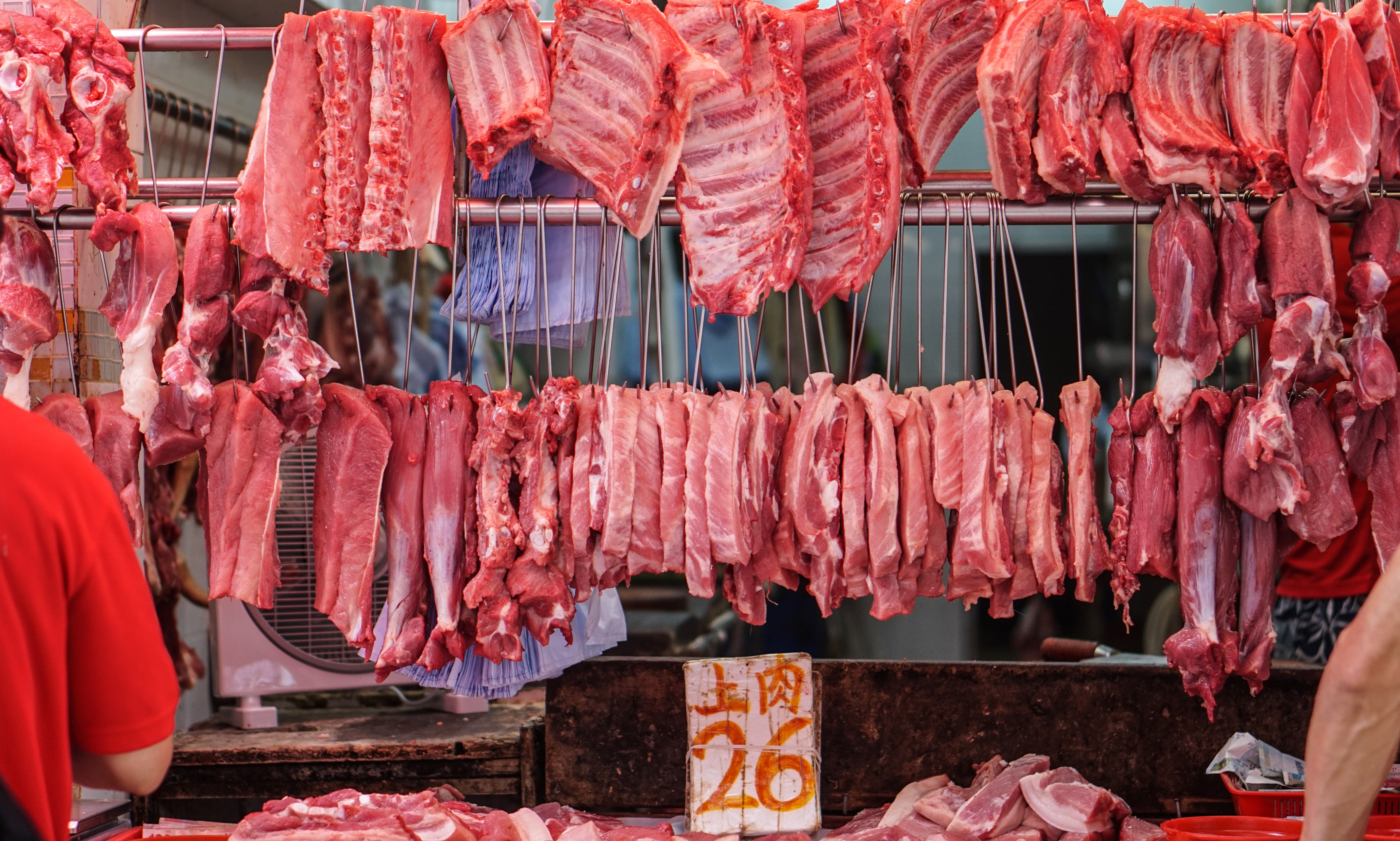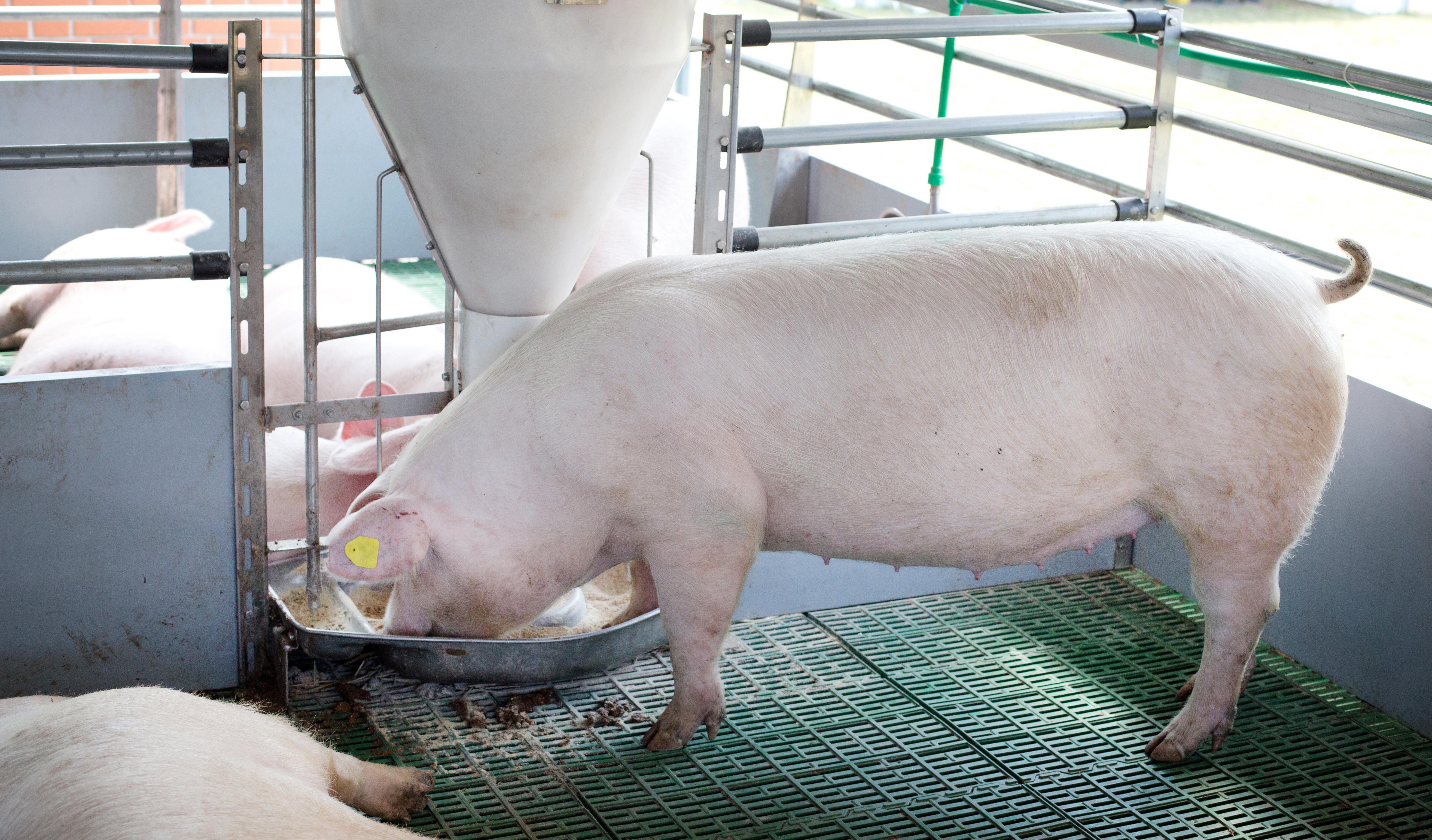



The many ways ASF is threatening the global pig industry
With 22 cases of African swine fever confirmed in China this month, it is no surprise that key trading partners are voicing their concerns over the direction of pork and feed markets.With the latest outbreaks reported on Friday and Monday (14 and 17 September), China officially has 22 confirmed cases of African swine fever (ASF). And while China mostly produces pork for the domestic market, the outbreaks could wreak havoc on global markets. Experts in the United States explain.
The issue is not about China as an exporter, said Steve Meyer, an economist with Kerns & Associates in Iowa. China is a small exporter of pork. The issue is the impact on Chinese production, and therefore, demand.
On average, the Chinese eat 85–88 lbs of carcass-weight pork per person per year.
“If they start losing a lot of pigs, they can’t feed themselves.
“That’s where the economic impact comes in. They would have to go and find supplies elsewhere in the world.”
“If we took all the pork that’s traded in the world, it would only add up to about 15 percent of Chinese consumption.
“The implications are pretty astounding – if they were to start losing even 10 percent of their pigs, that would be over half of United States production.”

On average, the Chinese eat 85–88 lbs of carcass-weight pork per person per year
Meyer is particularly concerned because pig production in China is very dense.
“I can make a case very easily that could take out 10 percent of their hogs,” he said. “We don’t know anything. The government stopped talking about it about two weeks ago.”
Meyer is also very worried about organic soybean meal, which China exports to the US for feed for organic livestock. The US also imports vitamins, pet food and amino acids.
Despite what they know now, the US futures market hasn’t responded much, Meyer explains.
“But if it gets going like it possibly could with their pig density, our prices aren’t nearly high enough next summer,” he said.
Currently, pork is trading at US$80/100lb. Cost of production is about US$65/100lb.
“I could make a case for prices being much higher than that,” said Meyer. “I think it could be a very explosive situation for world pork prices.”
The risk to ASF-negative countries like the United States is especially high, since approximately 25 percent of pork production there is bound for the export market.
When these foreign animal diseases enter countries it costs billions of dollars in damage, said Scott Dee, Director of Research at Pipestone Veterinary Services in Minnesota. “Exports of pork will be shut down immediately,” he said.
Dee is also worried about organic soybean meal imports. Recent research shows that the ASF virus survived well in feed. Megan Niederwerder, Assistant Professor in the Department of Diagnostic Medicine/Pathobiology at Kansas State University (College of Veterinary Medicine), is conducting that research.
“Our research has demonstrated that ASFv is stable in a wide range of feed ingredients subjected to environmental conditions that simulate a trans-oceanic voyage,” she said. “Because feed ingredients are distributed globally with millions of kilograms imported every year into the US, there is a potential risk of pathogen introduction through these feed ingredients.”

Recent research shows that the ASF virus survived well in feed, and in shipping containers (even after feed was removed).
In her work, Niederwerder found that the ASF virus survived in most ingredients that were tested, including soybean meal, soy oil cake, pork sausage casings, choline, and complete feed. Virus stability was demonstrated for 30 days under conditions of varying environmental temperature and humidity in a model of Trans-Atlantic shipment from Eastern Europe.
While pigs are tested for the virus, feed or feed ingredients are not currently approved samples for ASFv testing at diagnostic laboratories in the US.
To address this issue, Pipestone Veterinary Services has developed a platform called Responsible Imports.
“It’s a platform we are sharing with everyone to be a good citizen of global ag,” said Dee.
The platform uses science-based protocol to determine whether or not to introduce critical feed ingredients from countries of high risk. While vitamins and amino acids are considered critical ingredients, soybean meal is not.
“We don’t need the soy,” said Dee. “So that might go.”
Dee is working closely with researchers, including Niederwerder, from Kansas State University and South Dakota State University to see if there are some products that could be put in feed to kill the virus.
“Feed and feed mill biosecurity are important considerations to reduce the risk of feed as a route for viral introduction and spread on farms,” Niederwerder said. “Our ongoing research is focused on investigating the oral infectious dose of ASFv in feed and mitigation strategies, such as storage time and chemical mitigants, which may be utilised to reduce the risk of ASFv in feed.”
A joint document on Feed Ingredient Safety from the National Pork Board, National Pork Producers Council, American Association of Swine Veterinarians, and Swine Health Information Center has been published online.
Additional feed safety resources may be found at www.KSUSwine.org.
Click here for the latest news and articles on African swine fever









